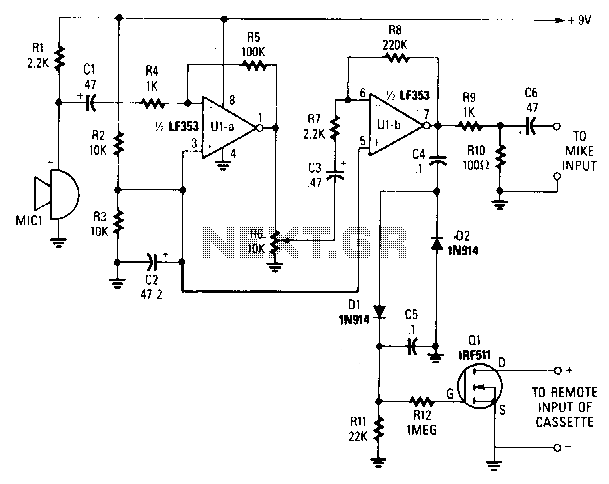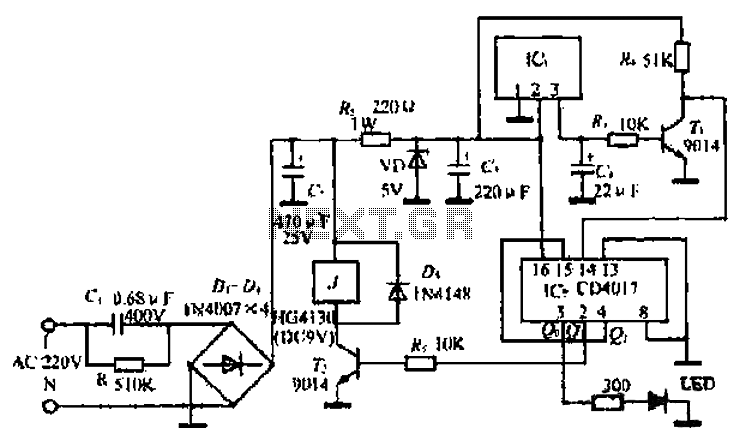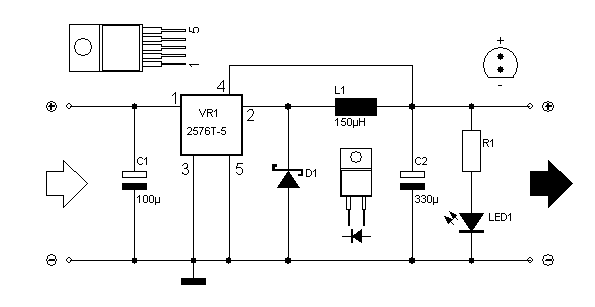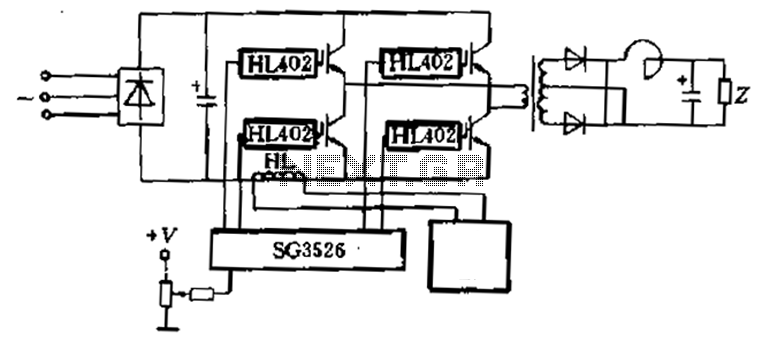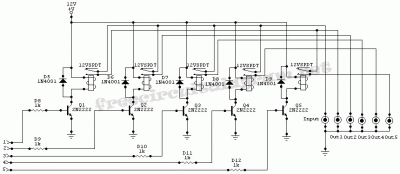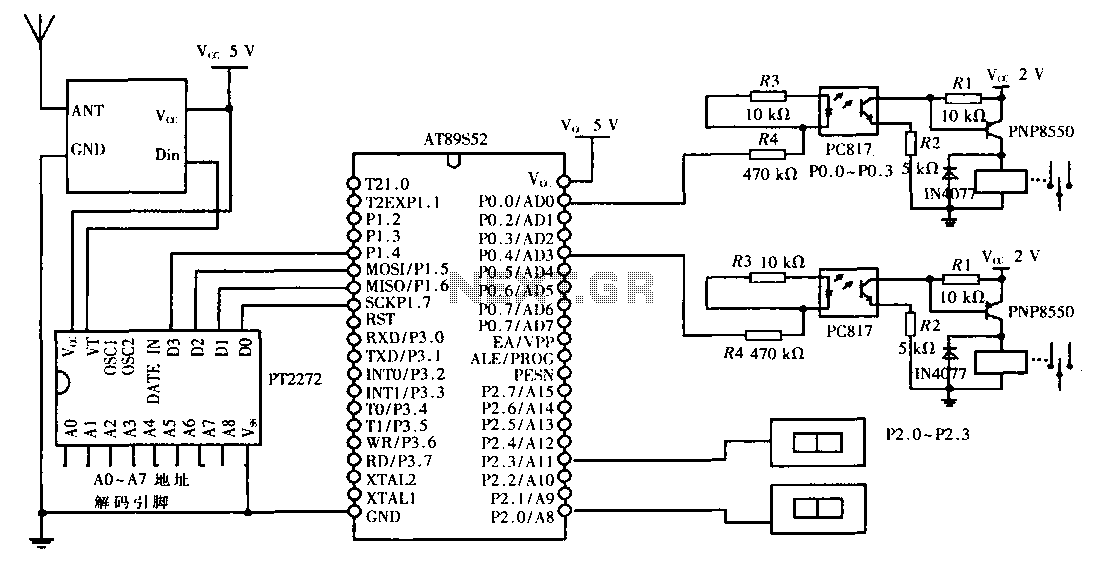
Electronic Touch Switch

Mechanical contacts have the disadvantage that they wear out. That is why it is practical to use an electronic touch switch in some situations.
The electronic touch switch serves as an effective alternative to mechanical contacts, addressing the issue of wear and tear associated with traditional mechanical switches. These touch switches operate by detecting the presence of a finger or conductive object near their surface, thus eliminating the need for physical movement of components. The primary advantage of this technology is its longevity, as there are no moving parts that can degrade over time.
In an electronic touch switch circuit, a capacitive or resistive sensing mechanism is typically employed. Capacitive touch switches work by measuring changes in capacitance when a finger approaches the sensor surface. This change triggers a microcontroller or a specialized IC to activate or deactivate the connected load, such as a light or motor. The circuit usually includes components such as a power supply, a sensing element (capacitive or resistive), a microcontroller for processing the input, and a relay or transistor for switching the load.
The design of an electronic touch switch circuit may also incorporate additional features such as adjustable sensitivity, debounce logic to prevent false triggering, and LED indicators to provide visual feedback. The use of a microcontroller allows for programming flexibility, enabling the implementation of various switching modes, such as momentary or latching actions.
Overall, electronic touch switches are advantageous in applications where reliability, durability, and user interface simplicity are critical. Their integration into consumer electronics, home automation systems, and industrial controls exemplifies their versatility and effectiveness in modern electronic design.Mechanical contacts have the disadvantage that they wear out. That is why it is practical to use an electronic ‘touch switch in some situations. With suc.. 🔗 External reference
The electronic touch switch serves as an effective alternative to mechanical contacts, addressing the issue of wear and tear associated with traditional mechanical switches. These touch switches operate by detecting the presence of a finger or conductive object near their surface, thus eliminating the need for physical movement of components. The primary advantage of this technology is its longevity, as there are no moving parts that can degrade over time.
In an electronic touch switch circuit, a capacitive or resistive sensing mechanism is typically employed. Capacitive touch switches work by measuring changes in capacitance when a finger approaches the sensor surface. This change triggers a microcontroller or a specialized IC to activate or deactivate the connected load, such as a light or motor. The circuit usually includes components such as a power supply, a sensing element (capacitive or resistive), a microcontroller for processing the input, and a relay or transistor for switching the load.
The design of an electronic touch switch circuit may also incorporate additional features such as adjustable sensitivity, debounce logic to prevent false triggering, and LED indicators to provide visual feedback. The use of a microcontroller allows for programming flexibility, enabling the implementation of various switching modes, such as momentary or latching actions.
Overall, electronic touch switches are advantageous in applications where reliability, durability, and user interface simplicity are critical. Their integration into consumer electronics, home automation systems, and industrial controls exemplifies their versatility and effectiveness in modern electronic design.Mechanical contacts have the disadvantage that they wear out. That is why it is practical to use an electronic ‘touch switch in some situations. With suc.. 🔗 External reference
